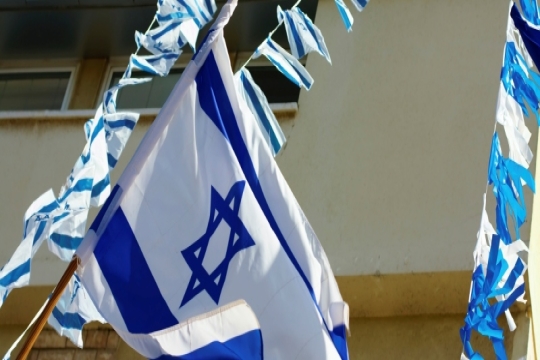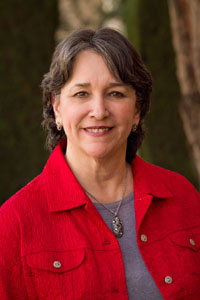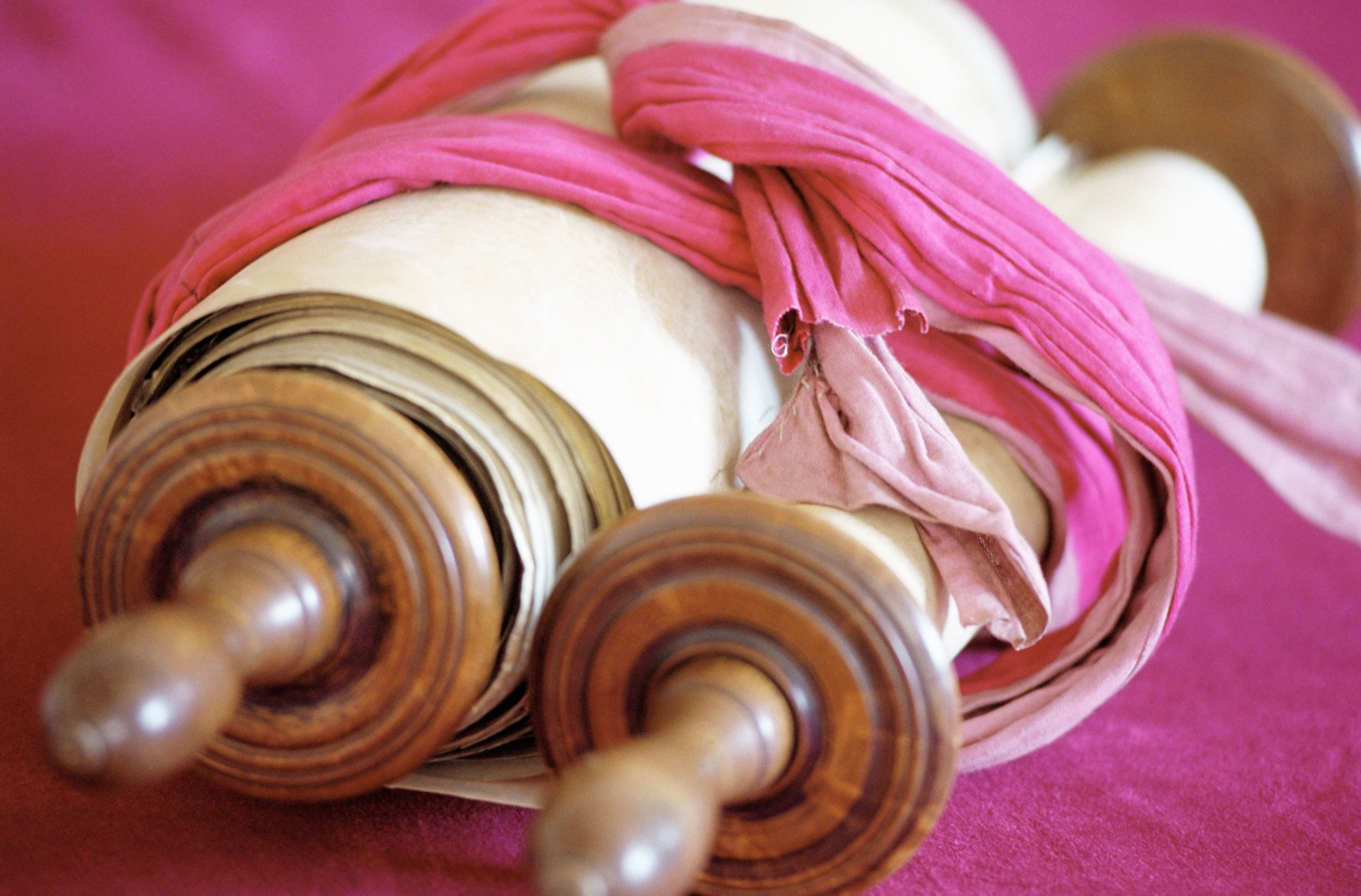
Let’s be honest. We have all told a white lie at one point in our lives—probably many of them over the years. White lies are usually intended to avoid hurting someone’s feelings. Other times, it may be to be sure we aren’t “found out.” And, frankly, I am sure that many of us have actually stopped to think, “Was that ok?” because no one was hurt, and it was done, for the most part, with the best of intentions. Hmm…
What do you think Judaism says about telling a white lie? Let me set the record straight for you. Judaism says that it is ok to tell a white lie “To save a life and for the sake of peace.”
There are two parshiyot in which we find evidence of Judaism’s acceptance of telling a white lie to save a life and for the sake of peace. In Parashah Vayechi, we read that after Jacob died, the brothers feared that Joseph would seek revenge for when they sold him into slavery. To make sure he did not, they decided that it would be meaningful if the message came from their father, Jacob. They sent a letter to Joseph, “from Jacob,” telling him that their father left them the following message to read upon Jacob’s death. Jacob asked Joseph to forgive his brothers for their sins and for treating him so badly. There is no evidence that Jacob actually wrote these words. Instead, the sages understood that the brothers wrote it and, in telling a white lie, did so “for the sake of peace.” God does not say anything falsely. God simply eliminates one sentence to preserve the “Shalom Bayit – Peace in the house.”
The second example comes from Parashah B’reshit (18:12-13), in which three visitors come to Abraham in his old age and tell him that his wife, Sarah, will have a baby within a year’s time. Sarah hears this, laughs,many-faceted, and remarks to herself, “After I am worn out, will I now have pleasure and my husband is old?” God tells Abraham that Sarah does not believe this as she cannot imagine having a child now that she is so old. God did not include Sarah’s statement that Abraham is also so old. In this case, even God altered the truth “for the sake of peace.”
From these two examples, we can surmise that Judaism states that peace takes precedence over truth. I am guessing that not every Jew would agree with this statement. However, it has been the guiding principle in Jewish life for millennia.
Some things to consider:
Truth - What is truth? Who defines “the truth” in any circumstance? What happens when that isn’t clear? Logically, a sentence is either true or false. According to our Jewish tradition, truth is many-faceted and sometimes not so clear. Consider the famous arguments between Hillel and Shammai, who saw the truth very differently, all of which impact how we live our lives today.
Here is an example of Hillel and Shammai’s different views of the truth. Hillel says, “One should always say at a wedding, “The bride is beautiful and gracious.” Shammai responds with the logical question, “What if she isn’t?” Hillel’s response is that she is beautiful “in the eyes of the husband” and, apparently that is more important (and will keep the peace) than if the bride is beautiful. And who defines beauty? So, the “truth” about her “beauty” is ambiguous and left to personal thought. It is one person’s truth, but not necessarily everyone’s, so Hillel believes that the most important factor to keep in mind is that the husband believes she is beautiful, and that will create peace.
Returning to the story of Joseph and his brothers, I wonder if their white lie is acceptable within Jewish thinking. In this case, the brothers manipulated the circumstances for their benefit. Wasn’t Joseph entitled to deal with his anger over what the brothers did to him? Shouldn’t the brothers have dealt with the consequences of their bad behavior? Or was their intention of “for the sake of peace” more important than simply allowing the truth to come out. And whose voice is the most important in that decision? The brothers’? Jacob’s?
All of which leads me to think about the wide spectrum of white lies we find ourselves telling – and wonder if we need to reassess the intention which brought them about. From the extremely innocent to the most potentially harmful…
Years ago, when I was an early childhood educator, my colleagues and I always responded to a child’s “Do you like my picture?” with an “I love how you used the color red.” When our children ask where you are going, and you say “shopping” when you are really going Hanukkah shopping, it’s a white lie to keep a soon to be favorable secret a secret, but, which, if told, will make your quick escape rather difficult!
But then, what about an incident which I hope no one has to experience. Your home has been broken into, and the invaders are hiding in a back room when the police come in and ask if you are alright. You tell a white lie and say “yes,” out of fear of what would happen if you told the truth and said, “No, there are burglars in my back room.”
Or the time when asked,” Who stole the cookies from the cookie jar?” and you answer, “I did,” so that your little brother doesn’t get in trouble.
When you are part of a situation that requires a high level of confidentiality, and someone else asks if you know about the details, you say, “No,” to protect the person involved.
And so on and so on. I suspect we all are guilty of telling white lies, some of which truly are for the sake of peace and to save a life, and others – well, maybe not. And probably in ways we haven’t even thought about over the years. But how do we create the boundaries for “white lies” vs. plain, ordinary (and potentially hurtful) lies.
Maybe we at least begin with the idea that it is all about intentions. A white lie is told for the purpose of creating or maintaining peace or to save a life – both of which require some subjective interpretation. The intention behind a real lie is usually not to be held responsible for some wrongdoing or challenge the group’s dynamics.
I believe the keyword is “intention.” What is truly in your heart when expressing this “white lie?” Challenge yourself to keep to the words of our tradition – “for the sake of peace” or “to save a life,” both of which leave a lot of room for individual understanding and applicability.
Dr. Katz is a “child” of the Reform movement and, as such, has spent her whole life–personally and professionally–deeply involved in the Reform movement. She chose a career in Jewish education to continue to shape the lives of Reform Jewish children as so many others had done for her. WRJ has become an integral part of her life and thoroughly enjoys serving on the Executive Committee and working with Reform Jewish Women from all over the country.
Related Posts
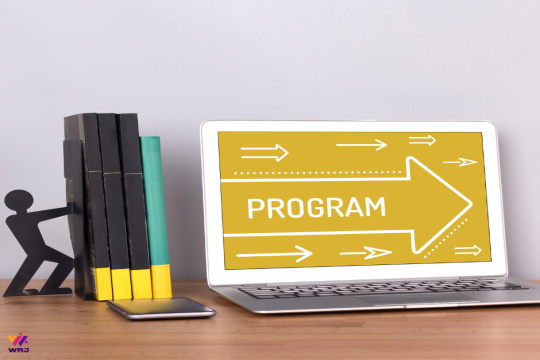
Continuing to Educate and Empower People Together
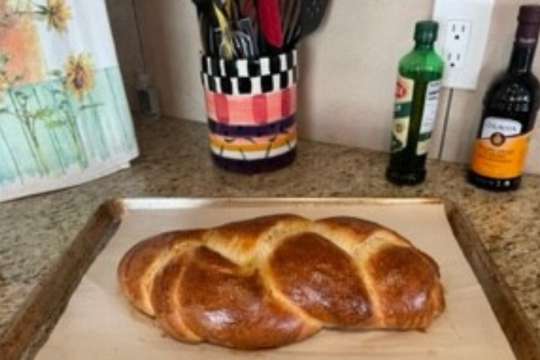
My Challah-Making Experience
